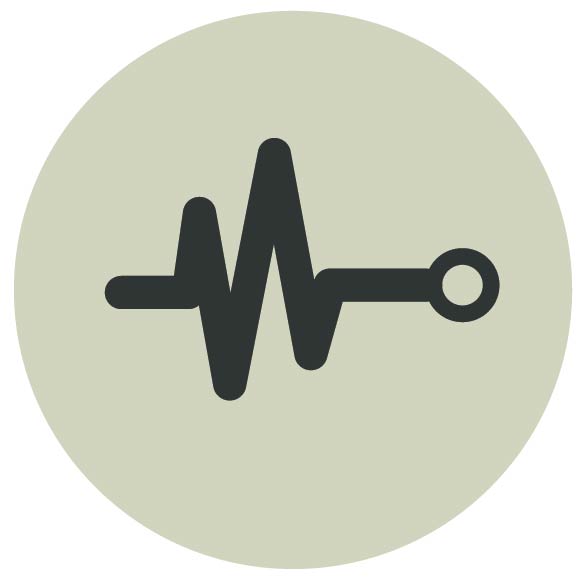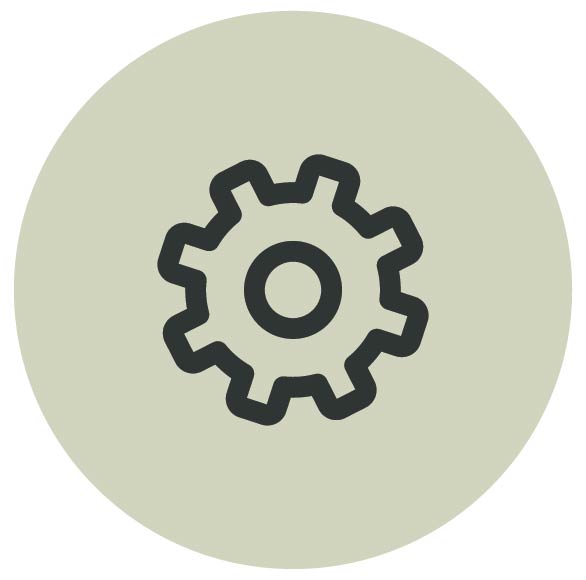A migraine is a neurological condition that often causes painful headaches. A migraine is characterised by throbbing pain or a pulsing sensation, usually on one side of the head. Although, in some cases, it can affect both sides.
Migraine happens as attacks and can last for hours to days, and the pain can be so severe that it interferes with someone’s daily activities.
The content on this page is provided solely for information purposes and provides an overview of the subject matter covered. It is not a substitute for professional medical advice, diagnosis or treatment. If you think you have a migraine, please seek further information. The information on this page is subject to change without notice.
Migraine is an invisible disability
 Migraine is the 3rd most prevalent and 6th most disabling condition in the world
Migraine is the 3rd most prevalent and 6th most disabling condition in the world Over 10% of people worldwide are affected by migraine
Over 10% of people worldwide are affected by migraine 1 in 7 people in the world have migraine
1 in 7 people in the world have migraine 1 in every 5 women and around 1 in every 15 men are affected by migraine
1 in every 5 women and around 1 in every 15 men are affected by migraine People who have migraines are 2 to 8 times more at risk of developing a sleep disorder
People who have migraines are 2 to 8 times more at risk of developing a sleep disorder 60% of people with migraine have impacted relationships
60% of people with migraine have impacted relationships Foods do not trigger migraine
Foods do not trigger migraine 20% of migraine attacks cases come with neurological symptoms
20% of migraine attacks cases come with neurological symptoms
Symptoms of migraine
The migraine symptoms are categorised into common and additional symptoms.
Common migraine triggers include:
- Hormonal changes – migraines are more likely to happen around the time of menstruation
- Stress
- Missing food
- Dehydration
- Specific foods and drinks, including alcohol
- Environmental factors such as loud noise, heat or bright/flashing lights, and exposure to synthetic chemicals, especially pesticides
Common symptoms of migraine
The main symptom of a migraine is usually an intense headache on one side of the head. The pain is usually a moderate or severe throbbing sensation that gets worse when you move and prevents you from carrying out normal activities.
In some cases, the pain can occur on both sides of your head and may affect the face or neck.
Additional symptoms
Not everyone with a migraine experiences these additional symptoms; some people may experience them without a headache.
Additional symptoms commonly associated with migraine include:
- Feeling sick, like vomiting and dizziness
- Increased sensitivity to light and sound, which is why many people with migraine want to rest in a quiet, dark room
Some people also occasionally experience other symptoms, including:
- Sweating
- Poor concentration
- Feeling very hot or very cold
- Pain in stomach
- Bowel issues (diarrhoea)
Living with migraine and challenges faced in daily life
The symptoms experienced by someone living with migraine can disrupt their daily lives at home and work.
Living with a migraine can affect many aspects of life. Migraine attacks may last many days and hinder a person’s ability to succeed at work or home. The extent to which migraine can disrupt the lives of those living with the condition is vast and, therefore, often comes with feelings of hopelessness and helplessness, which can lead to depression. Here are some challenges that people with migraine may have:
- Lack of support offered by people who do not understand when they have to cancel plans or a lack of empathy from employers and colleagues when frequent migraine attacks prevent them from excelling at work
- Misconceptions of migraine such as “migraine is just a headache,” “over-the-counter medications can stop migraine” and “migraine is your fault”
- Missing important events and social activities
- Anxiety and worry about when the next attack might come and what it will impact
- Impact on work and school may be affected
- Concerns over financial well-being from decreased work hours
Assistance and support you can offer
Migraine, like other non-visible disabilities, is different for everyone, and it is impossible to generalise the below recommendations for all.
The symptoms of migraine can differ for people living with the condition, and each person may be affected differently. To offer your support, it is recommended that you find out and learn about the condition. Here are some ways to adjust and offer your support.
- Find out as much as you can about migraine and be aware of what the symptoms might be
- Do not make assumptions about how migraine affects someone - speak to the person to find out how you can support them
- Ask how you can help - stick to acts of service rather than advice
- Be understanding, as migraines hurt. Take people’s pain seriously, and let them know you are there to help
- Listen before offering advice – Each person with a migraine has different experiences, triggers, and types of migraine
- Understand that it is not the person but the condition that is unreliable and unpredictable
- Be patient, compassionate and have an open mind when it comes to people and migraine
- Say “no problem” when plans get cancelled
- Help by turning down the volume or using headphones as loud noises are a trigger for migraine
- Do not assume the migraine attack is over just because the pain phase has passed
- Ask them if they have any triggers and what to avoid or not
- Be considerate when choosing meeting locations
Look out for these Sunflower icons
 I may need more time
I may need more time I am sensitive to smell
I am sensitive to smell I am sensitive to smoke
I am sensitive to smoke I may need a place to sit down and rest
I may need a place to sit down and rest I have a hidden disability
I have a hidden disability
The content on this page is provided solely for information purposes and provides an overview of the subject matter covered. It is not a substitute for professional medical advice, diagnosis or treatment. If you think you have a migraine, please seek further information. The information on this page is subject to change without notice.


